Cinema lenses are kind of having a renaissance period right now.
It used to be there were only a couple options from the major 5 or so lens companies and they were all tens of thousands of dollars each. That was fine, of course, because we were renting anyway. Why buy any lens when the camera you’re going to use it on is rented too? Prior to, let’s say, 2012 your affordable cameras either had the lens built-in or it was a photographic mount, and cine lenses are PL. Adapters weren’t really a thing until recently either since that only really became a thing with mirrorless-style mounts.
Nowadays we not only have all kinds of ways to mount lenses to bodies they weren’t necessarily intended for, but a lot of lenses are being built for those bodies natively. Not to mention the fact that affordable, high speed, optically-excellent glass exists at all! It feels like in the past 3 years, out of nowhere, the market got flooded with a ton of great lenses at great prices giving creators from all over the filmmaking spectrum plenty of options, and not just for rental but for owners as well.
The only thing I haven’t seen until relatively recently were many affordable cinema lenses that cover full frame sensors.
Full frame cameras are nothing new, but their adoption in the cinema world is relatively recent (I’ve done a high-end 4-camera shootout if you’d like to check that out). I was there when the Sony VENICE was launched, I own a C500mkII, the ARRI Alexa LF is pretty widely adopted at this point, and of course RED has been making large sensor cameras like the 8K V-Raptor for quite some time now, but if you wanted to take advantage of all that real estate you often times were stuck using photo glass (rehoused or otherwise) or renting new, expensive primes. Zooms were even less common. Sure S35 glass technically can cover a larger sensor at certain focal lengths, but whatever happens outside the intended imaging circle is the wild west of weird oftentimes.
However, like I said, today’s a whole different world and that brings us to the Ranger FF Compact Cine Zooms from Laowa.
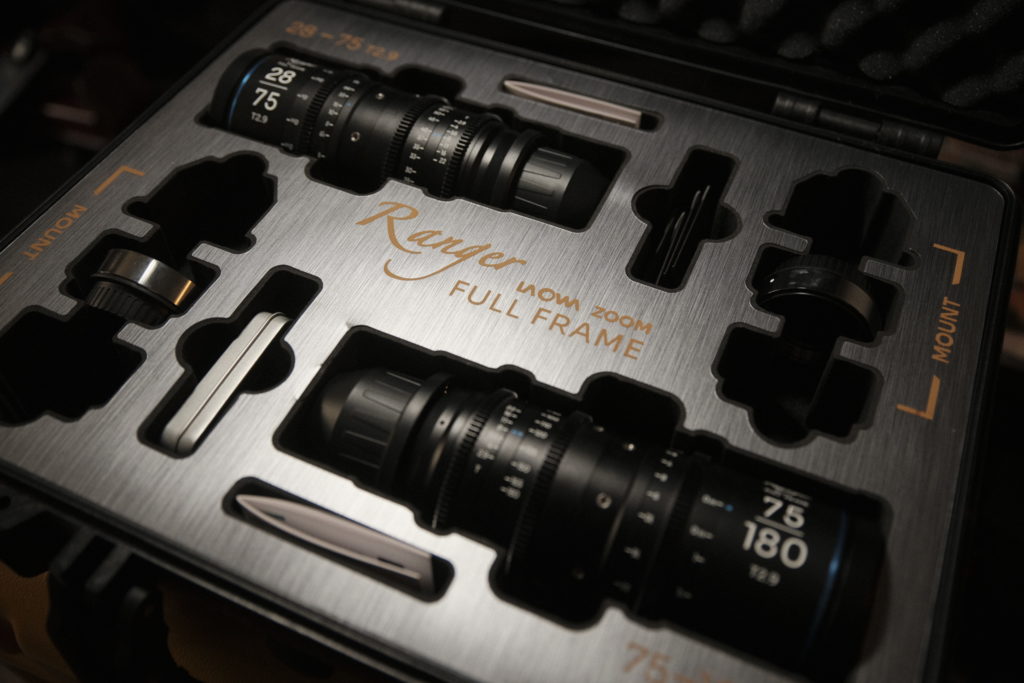
The Rangers are a set of two relatively fast (what I’d say is “normal” these days) cine zooms coming in at T2.9 covering a rather large range of focal lengths with one going from 28-75mm and the other from 75-180mm, with a 16-30mm model on the horizon as well. These lenses cover up to 43mm sensors, which is basically good for all FF cameras except for the V-Raptor which is ever-so-slightly bigger at 46mm, but that shouldn’t be an issue honestly. I’d be shocked if you’d see any vignetting to write home about. Also, a note for our readers starting their video/cinematography career: T-stops are a measurement, F-stops are referring to the size of the aperture opening. In other words, two lenses can be F2.8 and give you different exposures whereas these lenses being T2.9 means the amount of light hitting your sensor is exactly the same at any given stop between them. An important distinction with cinema lenses and something that becomes very important, or at least incredibly useful, when matching shots.
I was sent these two zooms by Laowa to review and these are my findings.
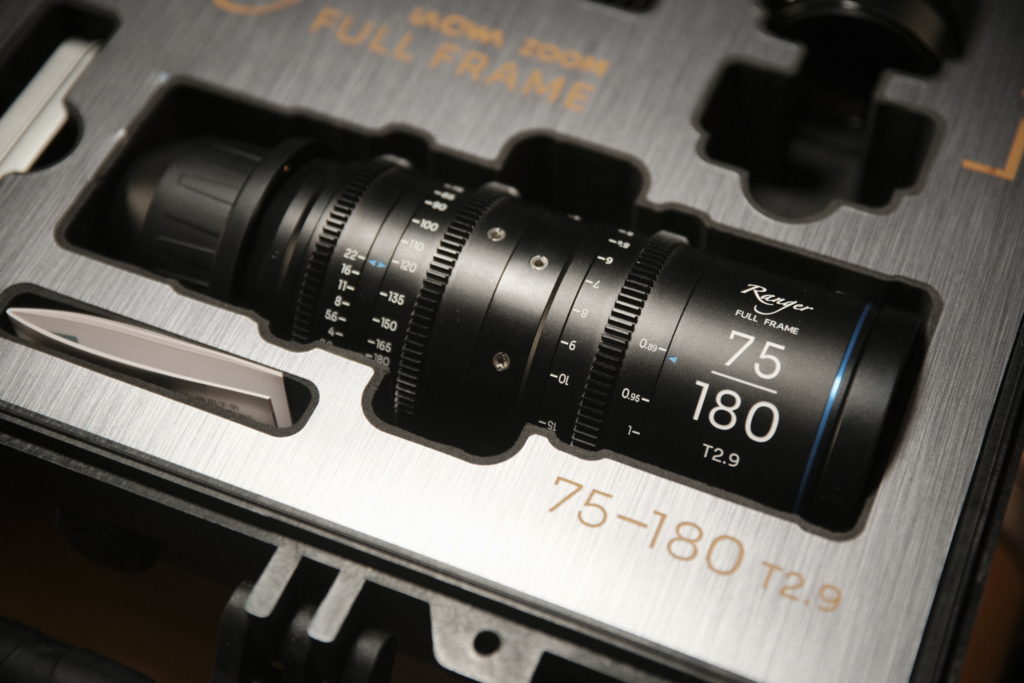
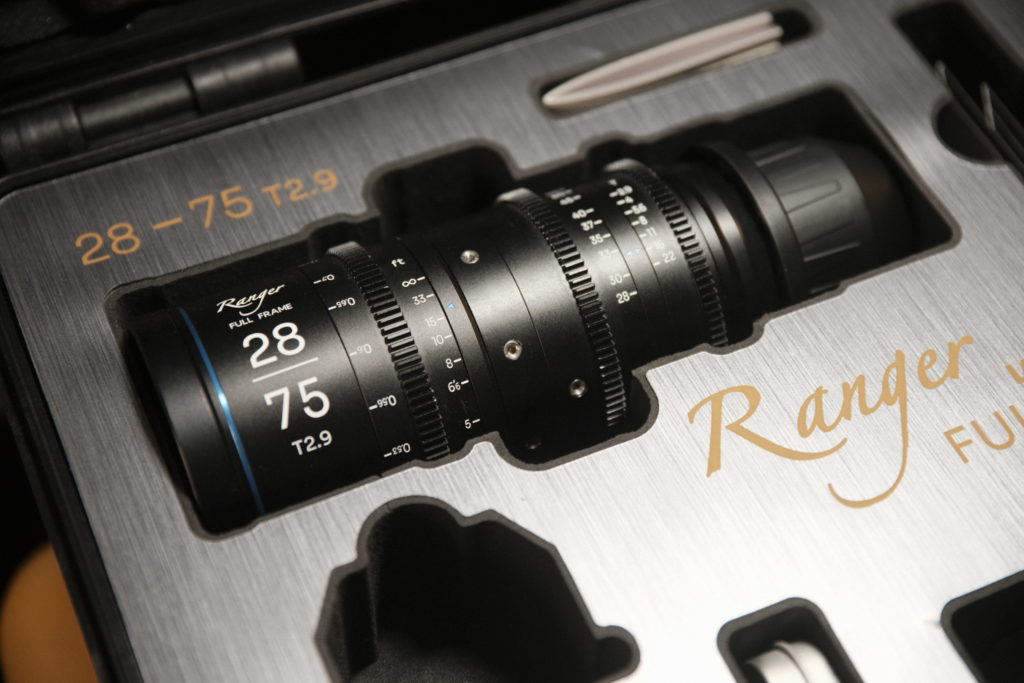
Firstly, they are very well made, fully metal but not weather sealed, and the carrying case they come in is just outstanding, with laser-cut spots in the foam for your lenses, mounts, and tools, as well as some extra room for documents or whatever else you may want to put in there. Very impressed there. They come in PL natively but can be user-swapped for many of the most common mounts, my kit coming with EF versions. There is also a simple way to adjust back focus on these lenses, just requiring a small hex tool that’s included in the package, but Laowa includes some shims if that’s more your thing although the method to adjust the back focus really is dead simple. A nice addition to the standard cine housing is a traditional 77mm filter thread for when you don’t want to run a mattebox. 77mm filters are ubiquitous and easy to find anywhere, but even so a simple step-up ring could serve in a pinch if all you have is, say, 82mm filters.
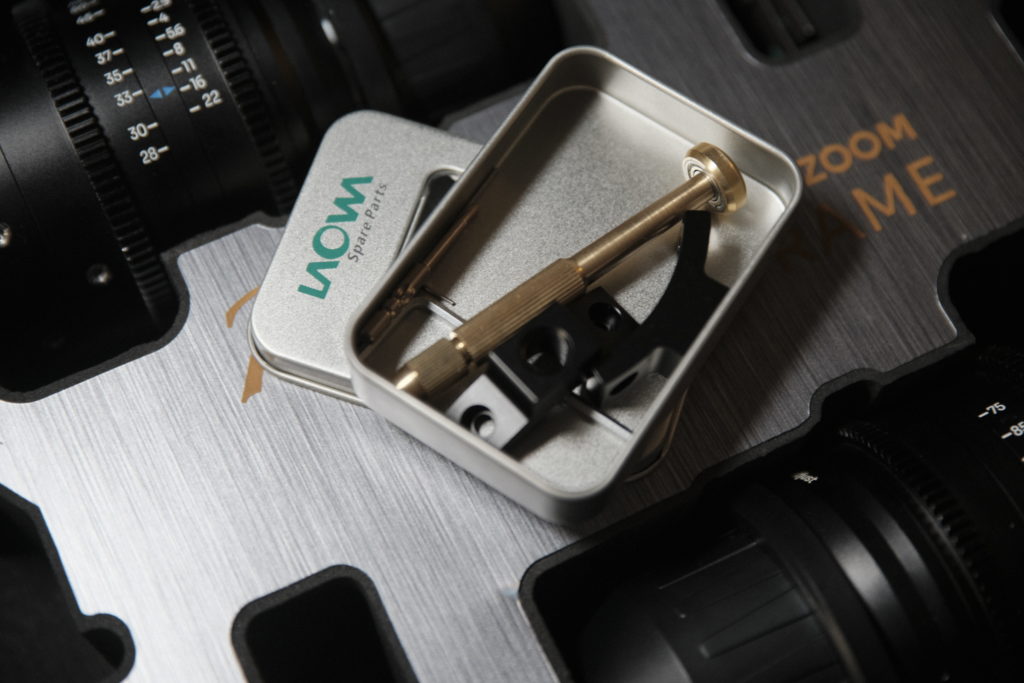
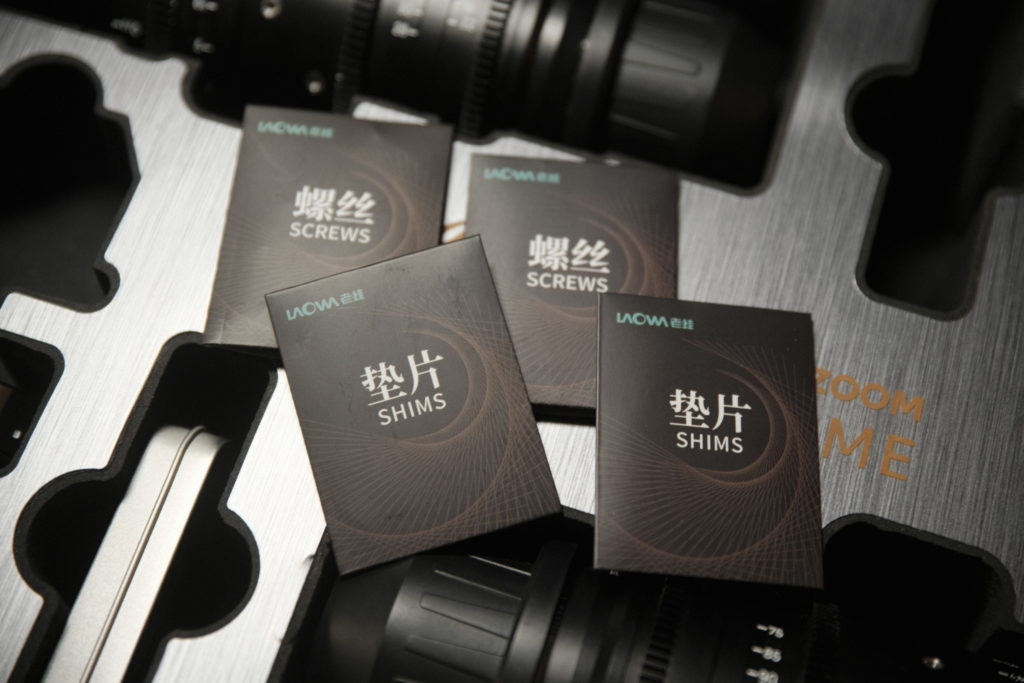
The lenses weigh about 3lbs each, which isn’t tremendously light but they don’t feel heavy by any means, more “substantial” than anything. They feel premium, let’s call it, and running them handheld for a few hours wasn’t an issue for me when I did a little run and gun shoot for a friend’s local streetwear shop opening. For that I used the 28-75mm mounted on my C70.
The focus, iris, and zoom rings are well dampened, with each having more or less play depending on its function (the zoom is harder to move than the focus, with iris in the middle) and both lenses have the gears in the exact same spot so you don’t have to shift your FIZ motors around when swapping between them. There’s also plenty of lens support mounting options all over the barrel between the zoom and focus rings and the included lens caps are friction-based but they stay on well enough. The focus ring has a respectable 270-degree throw and shows both metric and imperial units.
They are a bit long, but most zooms are. This isn’t an issue for cameras that are boxier like a RED, C500, or Alexa Mini, but on something like the URSA 12K that I was using recently or the Alexa Classic, it does make the whole thing start to look a bit comical.
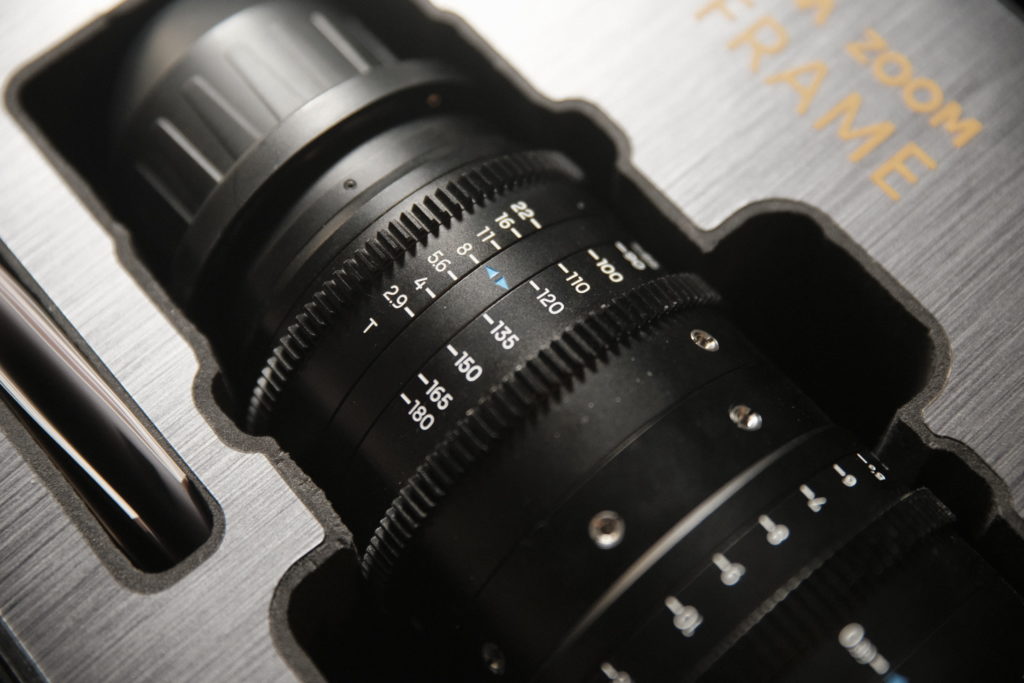
I don’t have a lens projector or any charts but the optical quality of these lenses seems to be nice and clean, relatively sharp, with only a touch of tasteful “character” and minimal coloration making them perfect for when the script or project doesn’t call for any funkiness in the image. Wide-open the image does exhibit some softness, but I’d say it’s more “vintage” looking than “bad”. Obviously when mounted to a S35 camera you’re getting the “sweet spot” of the lens, but even on my C500 the image looks basically the same edge-to-edge. The focus falloff looks very smooth with the bokeh/out of focus areas blending nicely and not being distracting at all, only looking a touch busy when something like trees are blurry. No onion-ringing, hard edges, or any of that kind of thing beyond some mild cat-eye stuff happening at the edge of frame on the longer zoom. I can’t see too much CA aside from a bit at the longer focal lengths which goes away when you stop down (or aren’t looking at a high-contrast edge), and glare is handled quite nicely by whatever coating they’re using, resulting in a soft “wash” if anything at all. Flares are pretty mild and only really show up when doing something like shining a flashlight down the barrel, which does result in this kind of ringing around the source I don’t love (which can easily be avoided by not pointing a flashlight directly down the barrel like a silly goose), and when stopped down pin sources turn into a pretty neat looking multi-point star. Again, overall a great choice for when you need the lens to “get out of the way” and not draw attention to itself. The aperture blades aren’t rounded off, resulting in some straight edges in the bokeh when stopped down, but as there’s 11 of those blades it’s hardly noticeable. Contrast seems to be pretty well handled with nothing extreme standing out to me; highlights roll off nicely and the low end isn’t crunchy or anything.
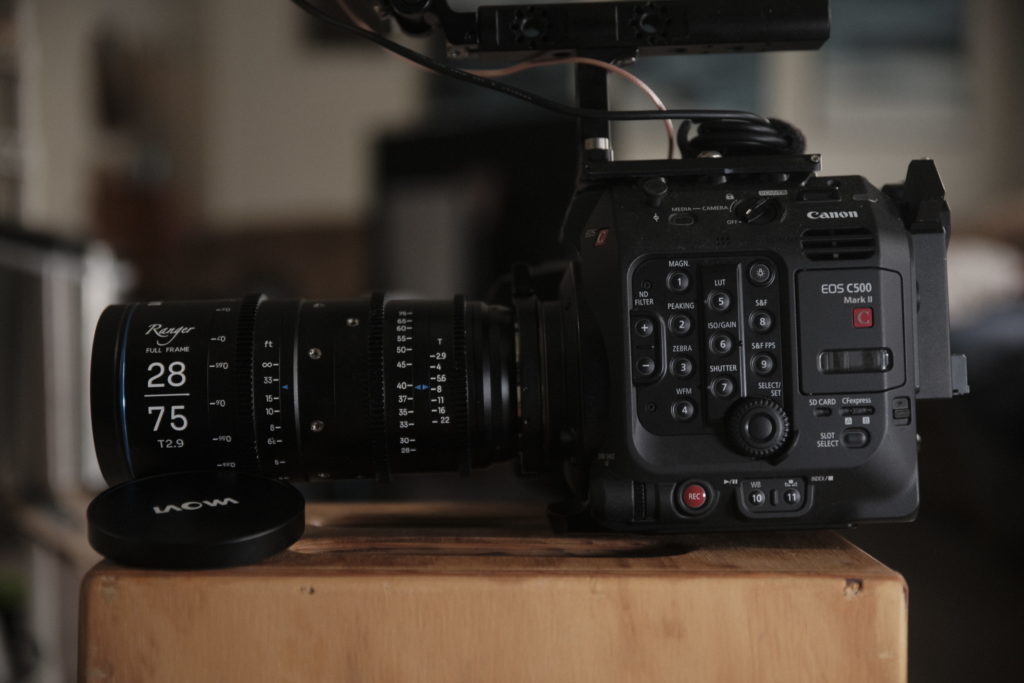
Laowa does say these lenses are parfocal and that does seem to be the case with my copies, with the 75-180mm maybe shifting a millimeter when zooming (EDIT: Upon posting this review, Laowa reached out to tell me I could have fixed that potential shift using the simple back-focus adjustment. The more you know!). Either way the 28-75mm seems to be perfect. The closest the 28-75mm can focus is a respectable 1’7″ and the 75-180mm comes in just under 3 feet at 2’11”, which is fine for such a long lens. Unless you’re trying to shoot small items in something like a tabletop scenario both of those close focusing distances will be just fine.
Laowa also says there’s almost no focus breathing and that I can absolutely confirm, these things are really well calibrated in that regard. They’re not perfect but they’re near as makes no difference, and some of what I’m seeing can likely be chalked up to barrel/pincushion distortion artifacts as you move your way through the zoom range. The longer zoom has less distortion than the short one as far as I can tell. I’m more concerned about focus breathing than parfocal-ness anyway; it’s very very rare that I’d be zooming during a shot but hey, those shots do come up from time to time.
Now, I did mention that these lenses are relatively affordable but I should add stress to the “relatively” part of that statement. The two-lens kit with the, again, very nice Pelican-style case with laser cut dividers, small tool kit, and included EF bayonet mounts will run you $5800, but when something comparable feature-wise like the Zeiss 28-80mm CZ.2 FF Cine Zoom costs $22,000 alone, that price looks a lot more enticing. Something like the 25-75mm Tokina Vista Zoom might be more your speed, which I’ve used before and is an absolutely wonderful lens but again, that’s still $5000 on its own and is quite heavy. In some ways getting the two-lens Ranger kit is like buying the 28-75mm and getting another lens for free.
As a note, I will say that if you’re a solo shooter, a cine lens might not be for you. As I’ve mentioned before in articles and videos, a “cine lens” isn’t a distinction of quality but of build type. The main difference between photo lenses and cine lenses is the housing, not necessarily the optics. A great example is the Sigma 18-35mm: Sigma put the same exact optics in two different housings. For someone who’s working by themselves, it might make more sense to get the photo version as it’s both far cheaper than the cine version and gives you the benefit of auto focus. The cine version does, however, have a longer focus throw and hard stops on the rings, as well as a de-clicked aperture which makes iris pulls easier to hide (which is the case with basically every cine lens). I only bring this up because I’ve seen a lot of younger creators talking about “stepping up their videography game” and so on, only to reveal that they invested in some cinema lenses and sometimes not even particularly “good” ones (although my friend Matthew Duclos would argue there’s no good or bad lens, just the right lens for the right job). While the bar for optical quality is definitely on the rise, getting a cinema lens doesn’t suddenly make your final image any more “cinematic”. Cine lenses are made for crews. But hey, if you want to run a cine lens handheld, or better yet have a focus motor that you can use, by all means have at it. Just thought it was worth mentioning.
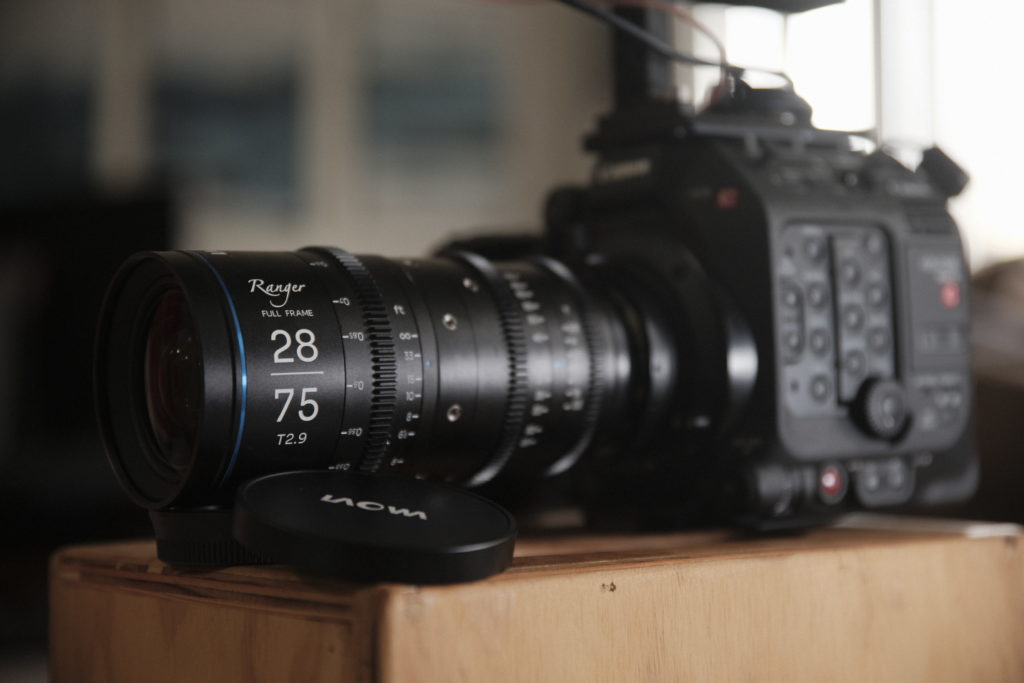
So, overall, would I recommend these lenses? I think I’d feel very comfortable doing so as I’ve not run into any issues in my month or so of playing with them and the resulting footage so far has been lovely. Again they’re not really giving me any specific character or visual “pizazz” as it were, but oftentimes that’s not called for in a project and can be distracting. I wouldn’t say they’re “clinical” but I wouldn’t call them totally “vintage-looking” either, just nice and neutral. Right in the middle. You’re not getting these to impart a look, you’re getting them for the feature-set and usability. In any case, all I really want with any lens is a smooth out of focus area, non-distracting bokeh, a decently fast maximum aperture, and no focus breathing and these lenses deliver on all counts. These things are perfect for owner/operators or what I imagine will be a very affordable rental and are delivering a price to performance ratio that is very impressive.

Venus Optics Laowa Ranger T2.9 Full Frame Cine Zoom 2-Lens Kit (PL/EF)
Order Today













